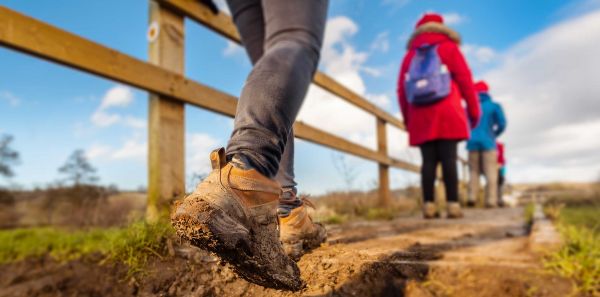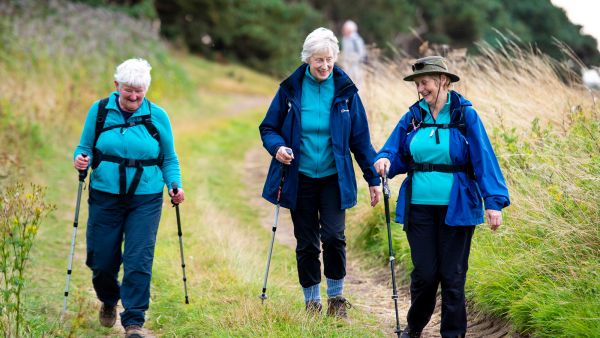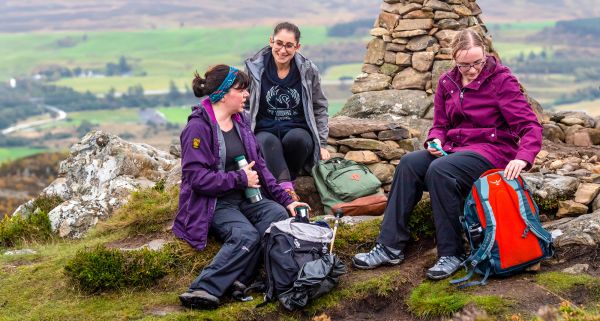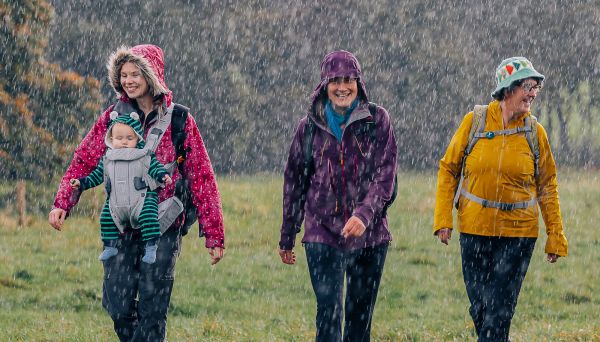Walking navigation devices Buyer’s Guide
Choose confidently with our expert guide to selecting navigation devices
.jpg?itok=kAinVWHL)
Our guide to buying the navigation device that’s right for you
Buying a compass
Keeping a basic compass in your backpack for orienteering means you can explore with confidence. But with many different models and designs available, which one should you choose?
Five key features to look out for in a compass
- Look for a long ‘base plate’ with scales as this will help you measure distance on a map.
- Make sure you can easily read the numbers on the rotating bevel. This will make it easier to take bearings especially in bad weather or low light.
- Check that the bevel is easy to rotate when wearing gloves. This will make it easier to use in cold weather.
- Choose a model that includes a magnifying glass. This will be useful for reading small details on your maps
- Invest in a strong well-built compass which is less likely to get broken in your bag or pockets.
Finally, check out any added value offered by the manufacturer. Some manufacturers will replace your compass for free if it loses its magnetism or the polarity of the needle gets reversed.
Looking after your compass
A well-cared for compass will last you many years. Make sure you keep your compass away from anything with a magnet in it. This includes your mobile phone and laptops. Interference from magnets can cause the magnetised needle to reverse polarity and point the wrong way. And if carrying your compass in a pocket, take care not to sit on it as this can crack the casing and the needle may not float freely.

Investing in a handheld GPS device
There are a wealth of different brands and models of handheld GPS devices available to walkers. And with technology evolving all the time, deciding which model to buy can feel a little daunting. So, here’s our guide to the key features you should look out for.
Five key features to look out for in a handheld GPS device
- The more channels the unit has, the better. This will increase the device’s ability to find enough satellites to pinpoint your location accurately.
- Check out the battery life. When walking remotely you may be out longer than anticipated so extra battery life is an important safety consideration.
- Investigate the quality of the screen. The better the resolution, the easier it will be to read the maps.
- Make sure there’s enough memory space for the number of routes you’d like to store.
- Check if the device provides information on altitude. This can be easier to follow than trying to read contours on a map.
Seek advice from a fellow walker
It can be tempting to choose a model with lots of jazzy features. But you may end up paying for features you will never really need to use. And for those who are new to using GPS, information overload can be a real problem. So, speak to a fellow walker about their preferred device and use their experience to help narrow down your choices.
Tap into the collective knowledge of your local Ramblers group
With 500 groups across England, Scotland and Wales there’s bound to be a Ramblers group near to you. Joining a Ramblers group walk is a great way to meet other walkers and you’ll have plenty of time whilst walking to seek their advice on their preferred GPS devices.



